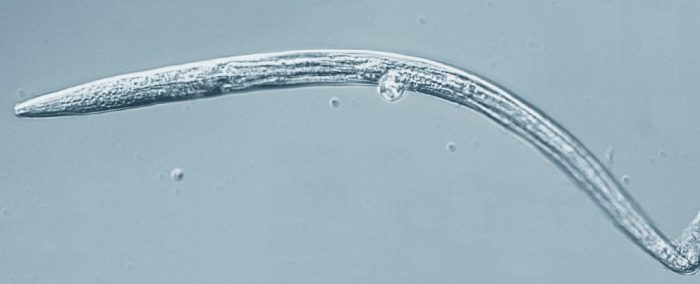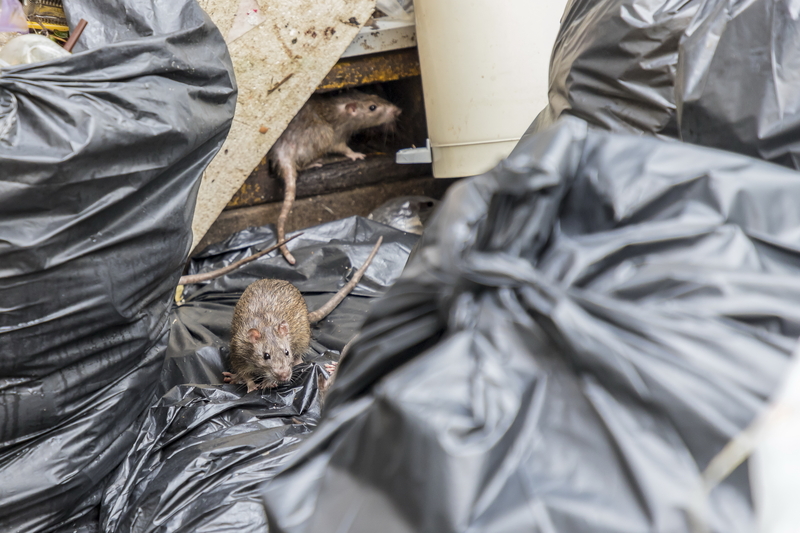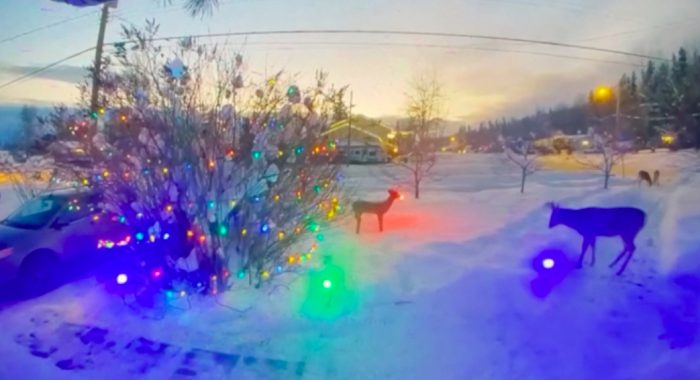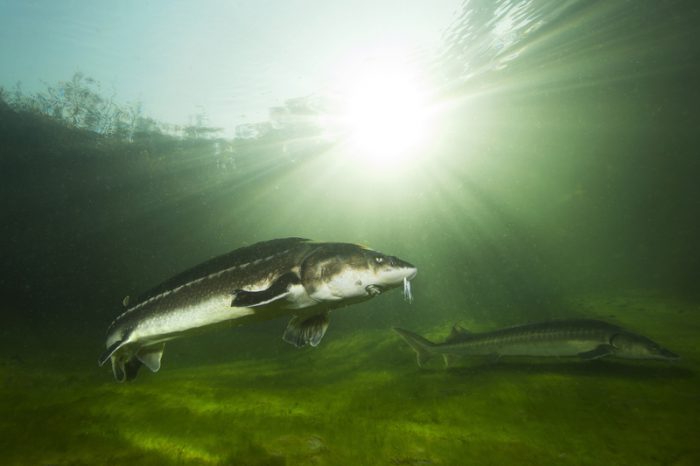Roundworms—also known as nematodes—get their name from the fact that their bodies are rounded, like a tube. But honestly, they could just as easily have earned their name based on the fact that they are literally 'around' everywhere. We're not joking.
From the tops of mountains to the depths of oceans; across fields and deep underground; in the tropics, arctic, desert, rainforest ... you name it. Roundworms live there. It's no surprise that these microscopic creatures are the most numerous animals on the planet. How numerous? Some scientists estimate that 4 out of every 5 animals on Earth is a species of roundworm.
Yep. 80% of all animal life. Roundworms.
You have to figure then that if these wiggly whatsits are so common, they probably know a thing or two about surviving. If you're interested in exploring that idea further, we know some 40,000 year-old roundworms from Russia that you might like to speak with.
Forty. Thousand. YEARS.

In an exclusive interview, this roundworm said that when he grows up, he wants to be frozen for 50,000 years. (© Olga Rudneva | Dreamstime.com)
Yes, you read that correctly. How is this possible, you ask?
Okay, so permafrost is soil that is usually frozen all year, year after year, century after century. Usually.
However, one of the consequences of climate change is that the permafrost in certain parts of the world is thawing out. Are you starting to see where we're going with this?
One of those places is Siberia, the northeastern Russian tundra. Russian scientists recently dug up samples of thawing 40,000 year-old permafrost sediment and brought it back to their lab for study. Inside it, they found lots of dead frozen roundworms. Which is not surprising because, like we already said, those critters are around!
So everything was normal here, doot doo doot ... until those roundworms came back to life! Whaaaaa?
A record resurrection
The Svalbard Global Seed Vault is an example of humans using cryogenics as a way to be ready for possible future problems. (© Olga Rudneva | Dreamstime.com)
When an organism is frozen with the intent to hopefully one day bring it back to life, it is called cryogenic preservation. We're actually already doing this with places like the Svalbard Global Seed Vault. Seeds from around the world are kept here in a deep freeze in case they are needed due to a crop crisis.
And a few animals—such as the uber hardy tardigrade—have proven that they can be brought back to life after being frozen for 30 years or so. But this new roundworm find is unlike anything we've ever seen before. Though it took a few weeks for them to fully return from their multi-millennial slumber, they are now feeding and wiggling like it was 38,000 BCE all over again!
Of course, there is a small possibility that this permafrost sample was contaminated by modern roundworms. Because #roundwormsareeverywhere. But if it's true that they really did come back to life, you can bet that scientists will pore over the secrets of these living legends for another 40,000 years.
Or, for quite a while, anyways.
 "So it's only been 40,000 years ... what's new?" (Doklady Biological Sciences)
"So it's only been 40,000 years ... what's new?" (Doklady Biological Sciences)










this is cool lol 🙂